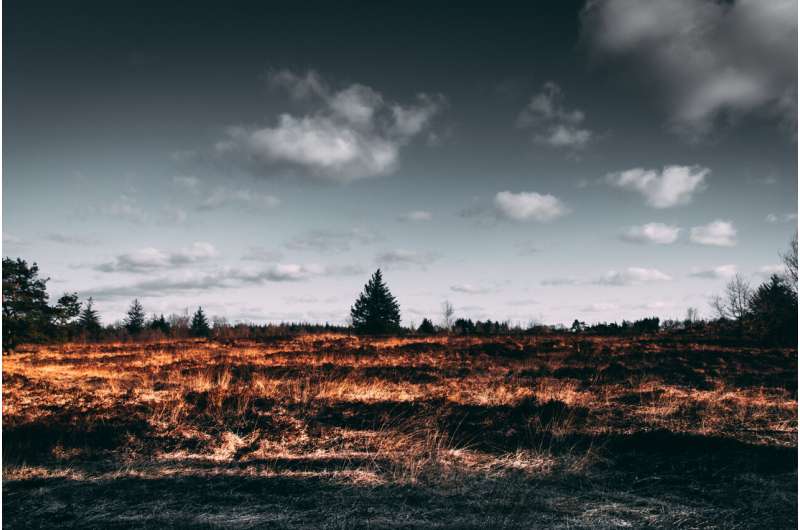
Deforestation last year rose to the highest level since 2015 in Brazil’s Cerrado, prompting scientists on Monday to raise alarm over the state of the world’s most species-rich savanna and a major carbon sink that helps to stave off climate change.
The Cerrado, the world’s largest savanna spread across several states of Brazil, is often called an “upside-down forest” because of the deep roots its plants sink into the ground to survive seasonal droughts and fires.
Deforestation and other clearances of native vegetation in the Cerrado rose 8% to 8,531 sqkm (2.1 million acres) in the 12 months through July. That is more than 10 times the size of New York City’s land area.
“It’s extremely worrying,” said Mercedes Bustamante, an ecologist at the University of Brasilia. Bustamante also criticized the government for a lack of transparency for announcing the deforestation data on New Year’s Eve.
The added destruction is particularly concerning, scientists say, when considering that roughly half of the Cerrado has been destroyed since the 1970s, mostly for farming and ranching.
“You’re transforming thousands of square kilometers annually,” said Manuel Ferreira, a geographer at the Federal University of Goias. “Few other places on earth have seen that rapid of a transformation.”